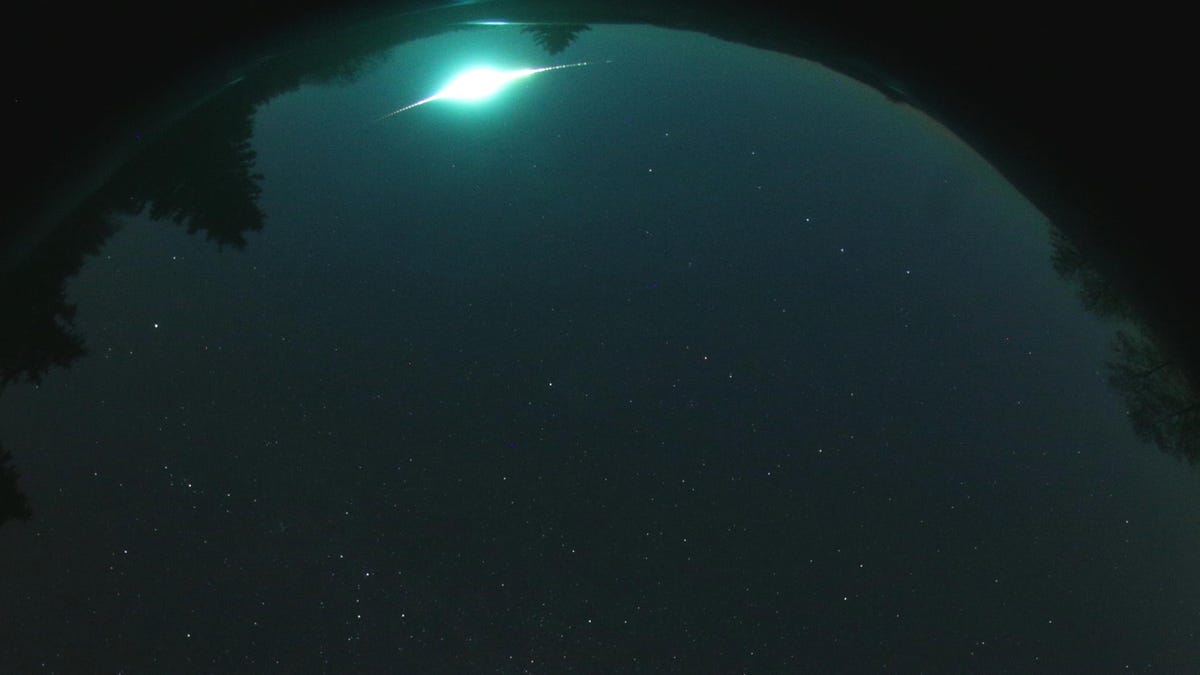Massive asteroids in popular meteor shower pose major threat
If a newly discovered group of asteroids makes its way to Earth, the biggest of the fireballs could make a destructive entrance, astronomers warn.

A Taurid fireball captured in 2015. There could be far bigger ones lurking out there, according to researchers.
Every few years, the Taurid meteor shower puts on a particularly good show. New research shows there could be a reason for that, and it's not good news for humans.
A team of Czech astronomers analyzed 144 fireballs seen during the last hyperactive Taurid shower in 2015 and concluded a "new branch" of the Taurids exists that the Earth drifts through every few years.
While great for shooting-star fans, the bad news is this newfound orbital structure contains at least two asteroids that are nearly 1,000 feet (300 meters) across, and probably more big ones that haven't been spotted yet.
"Since asteroids of sizes of tens to hundreds of meters pose a threat to the ground even if they are intrinsically weak, impact hazard increases significantly when the Earth encounters the Taurid new branch every few years," the researchers write in a new paper accepted for publication in the journal Astronomy and Astrophysics.
Like most meteor showers, the Taurids are the leftover debris cloud of a passing comet or some other large celestial body. Comet 2P/Encke is thought to be responsible for the Taurid stream, but some think the comet could itself be a remnant of a much larger comet that was broken up thousands of years ago.
The astronomers warn that the newly discovered branch threatens to make cheesy Hollywood apocalypse flicks like 1998's "Armageddon" come true, and they say the branch deserves a closer look.
"Further studies leading to better description of this real source of potentially hazardous objects, which can be large enough to cause significant regional or even continental damage on the Earth, are therefore extremely important," they wrote in a press release this week.
If an asteroid 1,000 feet across were to make impact anywhere near a major population center, the results would be catastrophic, to say the least.
I'd like to tell you there are at least a few months to get some new observations down and launch a space telescope to keep an eye on the Taurids when they start to peak around October and November, but the bad news is there's a second, lesser-known Taurid shower that happens primarily during the daytime, according to the Czech astronomers, and it's underway right now.
Paging Bruce Willis and Steve Buscemi ...
Technically Literate: Original works of short fiction with unique perspectives on tech, exclusively on CNET.
Crowd Control: A crowdsourced science fiction novel written by CNET readers.

